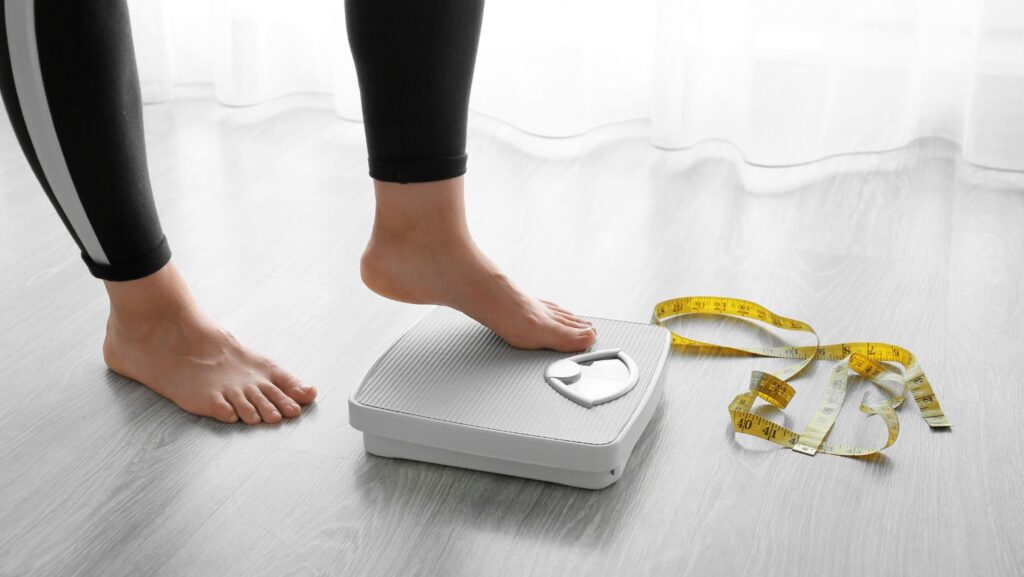Access Health Unpacks: What Does It Mean to Go Into a Caloric Deficit?
November 21, 2023
 A popular term used as a way to get in shape is going into a caloric deficit. Yet, a lot of people don’t know what it means. Simply put, a caloric deficit is when an individual eats fewer calories than they’re burning. Let’s remember that a calorie is a unit and the amount of energy released when your body breaks down the food it consumes, it digests and absorbs the energy.
A popular term used as a way to get in shape is going into a caloric deficit. Yet, a lot of people don’t know what it means. Simply put, a caloric deficit is when an individual eats fewer calories than they’re burning. Let’s remember that a calorie is a unit and the amount of energy released when your body breaks down the food it consumes, it digests and absorbs the energy.
People use a caloric deficit to lose weight and maintain weight loss. Many fitness trainers suggest this to clients who have a goal of losing weight.
How to Calculate a Calorie Deficit?
The first thing you need to do is find your daily calorie requirement. There are many apps and online calculators that can do this for you. Finding your daily calorie requirement takes consideration of your sex, height, weight, age, activity level, etc. Once you have your daily calorie requirement, take that number, and subtract it by your caloric deficit goal. To put it in simpler terms, if your daily calorie requirement is 2,000 calories and you have a 500-caloric deficit goal, then your daily calorie target is 1,500 calories (2,000 – 500 = 1,500). You can also find a calculator or app online that finds your daily calorie target for you.
Deciding Your Caloric Deficit Goal
You may be asking what caloric deficit you should start with. Truly, anywhere from 300 to 500 is a good start caloric deficit goal. However, it is not recommended to go beyond that. If you choose to do a daily 500-calorie deficit, then you should lose about a pound a week. The other option of a 300-calorie deficit should be combined with an increase in your daily activity level. Running, biking, swimming, tennis, and jump rope are all great options for exercise. Don’t be discouraged if you do not lose any weight in the first two weeks, depending on the individual it may take time for the body to properly adjust.
Tracking Your Calories
One step very crucial when doing a caloric deficit is tracking your calories. Many people do not realize the number of calories they are consuming per food item. There is a plethora of apps that can track your calories. Some of these apps know the exact amount of calories and nutrition information per company, brand, item, etc. It is as simple as scanning the bar code on the item.
For those of you who are interested in trying out a caloric deficit, make sure you contact your primary care physician first. You can never be too safe!



















Comments